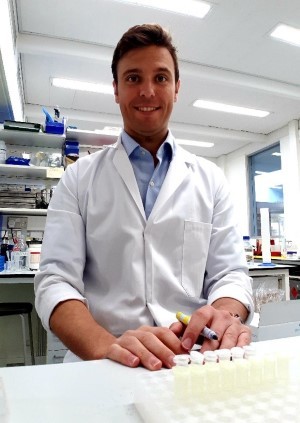Abstract
The identification of new biomarkers/pharmacological targets for chronic kidney disease (CKD) is required for the development of more effective therapies. Several studies in vitro and in vivo have shown the importance of the endoplasmic reticulum (ER) (cellular organelle devolved to protein biosynthesis and maturation, and cellular detoxification processes) in the pathophysiology of CKD.
Hence, the synthesis and development of novel drugs against the different ER intracellular pathways is crucial in order to slow down the development and progression of renal diseases.
This review aims to dissect the role of the different ER branches (PERK, IRE1α, ATF6) and their function in CKD, providing potential insights for the development of new treatments.
Keywords: endoplasmic reticulum, chronic kidney disease, unfolded protein response, reticulon



